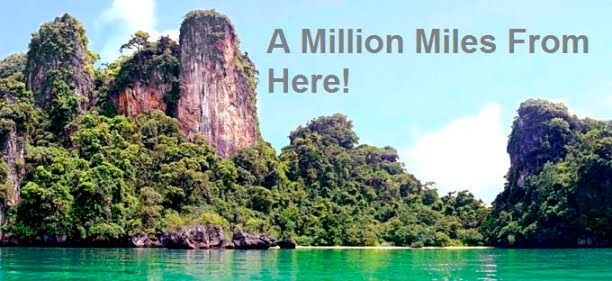After another pleasant and uneventful flight with our second favourite airline Qantas, we arrived at Alice Springs. Alice Springs or the Red Centre as it is also known is unsurprisingly in the centre of Australia and everything is, yes you’ve guessed it, red due to the high iron content in both the rocks and the soil. We jumped on the free hostel bus which transferred us to the door of our hostel and after dumping our bags we went straight to the pub which was next door to the hostel. This was not only because we both had a raving thirst, but also because we had a very early start the next morning and thought we would get a quick bite to eat and a few beers in before bed.
So why Alice Springs? Well, simply it’s the nearest major conurbation to Ayers Rock which was to be our next destination. Due to the distance (500 km) and expensive accommodation close to the rock, we decided that rather than doing it on our own we would join an organised tour which would show us the sites of the region and also allow us to do some outdoor camping!
We were picked up at 6:00am by Shona, our guide for the trip, in a monster 4x4 bus and along with 9 other guests we started the long drive to Uluru (its aboriginal name). We stopped a few times on the way including at the Curtain Springs cattle station which was, guess what, the size of Belgium! We stopped for lunch at our campsite for the night and after a further short drive finally reached Ayers Rock (Uluru). From a distance the rock looked like it had been painted with giant pictures one looking like a giant frog, but up close this turned out to be the patches of erosion on its surfaces, giving a very interesting first perspective of this place.

The climb to the top is very steep (nearly 300 m in vertical height), is near vertical at points and with the face being so smooth it makes it an extremely challenging climb. However, being such a famous land mark, many people have tried to climb it with many underestimating just how tough a climb it is and therefore 35 people have died (mainly of heart attacks) with one dying only last week. As we got to the park gate we saw a sign saying that the climb had been shut due to high winds, so it answered the dilemma and took the decision out of our hands. We never did make up our minds whether we were going to do it or not, however Emma put it into perspective by saying “In religious terms, it would be similar to hundreds of people climbing the Vatican”.

We finished our walk and drove to a spot to just catch the sunset while drinking Champagne (sorry sparkling wine) before the clouds rolled in, believing this would be our last chance to see the Rock.


I awoke at 1am with rain hitting my head, I pulled the flap (cover is too grand for what this was) over my head and settled back down expecting the drizzle to stop anytime soon. Then the heavens opened, 5 minutes later it had not stopped and was not slowing and I realised that my swag was filling up from the bottom wetting everything within. The swag was clearly not very waterproof, yet ironically seemed to be able to retain the large amount of water that was swishing about my feet. Maybe they should change the name to tank bag. Emma was beside me and in a similar predicament, but with the rain still coming down hard it was clear that as soon as we got out of our swag we would be completely drenched as opposed to only partially drenched at present. After a few more minutes and starting to hear other conversations erupting around the camp of “what should we do”, we had no choice but to make a dive for the dinning shed and the only cover for miles. Everyone else seemed to make the same decision at the same time and were equally as wet. All our sleeping gear was wet and the mattress in our swags had soaked up a large amount of water making them useless.
So with daylight many hours away the group sprang into action. Not too long after a break in the rain, allowed us to get the fire started again and we just had to hope the rain would keep off. We moved the dining tables out of the shelter so that everyone could sleep under cover and got those who were cold into warm clothes and into the bus for the night. Shona had secured a relatively dry spot under the bus and hearing that we were organising ourselves appropriately, she left us to it and tried to get some sleep as another long drive was due tomorrow.
By 2am we were still all stood round the campfire drying our sleeping bags the best we could. The swags were a mess so we gave up on them and settled back under the shelter on the ground and just in time as another band of rain come through. At 5am we were woken by Shona for breakfast as we were off to the Olgas for sunrise. Needless to say, after only a few hours of uncomfortable, cold and damp sleep none of us were exactly raving. Shona was certainly right about the rain. It was 1mm….just 1mm a second!
Don’t miss the next part of Emma and Bill’s Excellent Outback Adventure: Did the rain ever stop and did they ever get dry? What other cute fury animals did they eat? What was the once in a lifetime experience that money just cant buy? Stay tuned for a thrilling part 2.




No comments:
Post a Comment